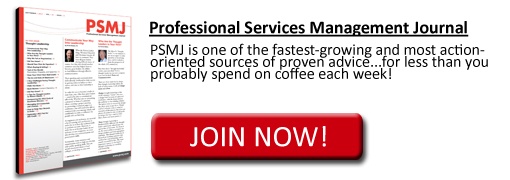As of late, design-build seems to be gaining notoriety and has been the topic of many articles, blogs, and forums circulating in the A/E/C industry. An article on design-build in New York State was recently published in the Times Union. The main point of the piece was to claim that New York needs to embrace design-build as the primary delivery model for construction projects on the basis that it saves money. For a number of reasons, their assertion is overstated at best and false at worst.

It’s Not a Silver Bullet
The first thing you need to understand with design-build is that it is a different delivery model and not a silver bullet. Every delivery model has its pluses and minuses. The primary difference in the design-build delivery model as compared to the traditional design-bid-build model in public works is the contracting mechanism. Instead of contracting independently with a designer and constructor, the owner enters into a single contract for both services.
There are some distinct advantages in this approach. First and foremost, the client has a single point of contact and responsibility. While this is a significant advantage for the owner, it does not really eliminate any steps or work necessary to complete the project. That work is merely shifted from the client to the design-builder.
Another key advantage of this method is the integration of design and construction from a scheduling standpoint. This is arguably the biggest advantage of this methodology. Two key benefits are seen here.
1. First is the ability to perform design and construction tasks in parallel instead of in series as in traditional design-bid-build. This can result in a significant time
(schedule) savings. As they say, time is money, so this can be a significant economic impact.
2. Second is the potential for a higher level of constructability input into the design. This can reduce change orders and construction delays.
Unfortunately, many public agencies are rigid in their process and have a difficult time adapting to see the schedule benefit of design-build. Often times, the design-build contractor is forced to hit all the milestones, reviews and submissions of a design-bid-build process. This forces the project back into a series sequence of events and forfeits much of the potential schedule benefit design-build should provide.
There are some other factors and impacts to consider when looking at design-build. Most often, the entity contracting with the client as the design-builder is a contractor. In New York, it is not legal for a contractor to do design; therefore, the contractor must hire a designer (Architect and/or Engineer). This contractual arrangement could be seen as conflict of interest. Putting that heavily debated issue aside, it most definitely puts the designer in a subordinate position to the constructor. They may be portrayed as partners by the design-builder, but that is contractually untrue most of the time.
Based on Personal Experience
The article in the Times Union touts an on-budget/on-time performance for design-build. This is something that needs to be carefully examined as on-time and on-budget do not always equate to best value. That may sound strange, but illustrating with an example should help.
Years ago as a project engineer, I worked with a team to scope a project and budget it. For the high level scope we developed, we assigned a budget of $100K. At this firm, the general practice was to design-build. So, we took this scope to three builders and the low bidder was under budget at $90K. We could have executed that project on budget and on time. Success!
However, I was able to convince management that this project would benefit from a more detailed design. We spent $10K on a design that took the high level scope we established and detailed the work to be done. In addition, we added several scope items that were desirable but did not become evident until working the detailed design. We rebid the project to the same contractors and this time our low bidder was $60K. So our project added important scope and cost $20K less in the
design-bid-build methodology. So which methodology provided the higher value?
Choose the Correct Delivery Model for Your Project
You may assume from this writing I am anti-design-build, which is not true. It is important to fit the correct delivery model to a project for the right reasons. Once you have selected a delivery model it is also important to know what the advantages and risks of that model are so you can make the most of the strengths and mitigate the risks.
Do not choose design-build if you are going to make the design-builder follow a linear design-bid-build model. Do not assume you have received value just because you hit a budget. Look for as much transparency as
you can get from your design-builder.
Finally, look carefully at the design element of the design-build team. If you believe going the design-build route somehow eliminates the need for design or costs less to design, you have bought a bill of goods. Design is still needed. The name isn’t no-design-build. There isn’t a magical need for less design on the project, and shifting design responsibility to a constructor may not be the money saver you thinkit is.
About the author: Stewart Haney is President & Chief Executive Officer at Wendel, a nationally recognized design and construction firm. He has over 25 years of experience leading projects in the design and construction industry. Prior to his current role, Stu held various leadership positions within the company in the areas of operations and project management, with an early focus as an Electrical Engineer. Stu’s participation in several professional and community boards are a reflection of his passion for achieving goals through the collaborative efforts of talented people.
This article is included in a recent issue of Professional Services Management Journal: Advice for A/E Firm Leaders: Data-Driven, Provocative, Actionable. We invite you to check out the new PSMJ newsletter: Get a free issue and then join to take advantage of the numerous perks available to PSMJ subscribers.


